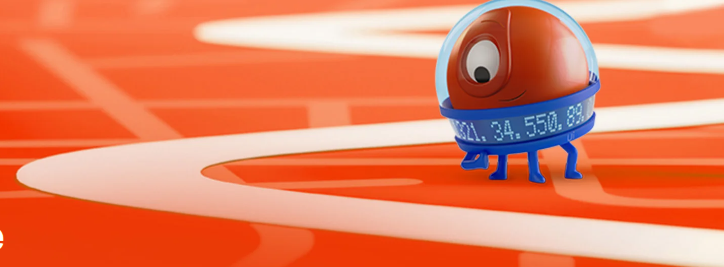Automation directly translates to business innovation, growth and scale. The very rationale and raison d’etre behind automation is the need to capture, coalesce and commoditise workplace tasks and processes in order to operate more efficiently and to innovate with greater scope.
But as with all digital and cloud-era technologies, automation and the deployment of robotic process automation (RPA) comes with duties and responsibilities. No single automation project should happen in a disconnected silo, no automation should happen without strategic oversight of a complete IT stack or system, but perhaps most of all, no automation should happen without testing.
If there is one single reason cloud instances fail to operate at their potential maximum efficiency levels, it is the presence of misconfiguration. Given the breadth of compute environment settings, programming languages, application development methodologies, networking protocols and hyperscaler instance nuances out there, cloud misconfiguration is usually a when and not if scenario.
For RPA bots to traverse this space, work with it effectively and be able to perform the functions they are brought into life for, they must be subject to effective test management controls in order to ensure their efficacy and robustness. We know that scaling automation enables prime mover advantage across industries. Further here, we also recognise the fact that organisations are now shifting from regarding automation ‘simply’ as an IT tool, to now embracing it as a way of operating and a route to innovating.
Achieving software robot resiliency is possible if automations are tested
But, for every action (in this case, the drive to scale and diversify) there is an equal and opposite reaction. This means that when automations scale, they can become fragile and break if they are not tested from ground zero. Software robots working to deliver automations as part of an RPA initiative can fail to function properly (or break completely) for reasons not dissimilar to our list of cloud misconfiguration usual suspects above.
Alterations and switches to computing environments can happen at any number of levels. Changes may be brought about by a new software application release, or a simple change of system settings. Failure to test software robots on a continual basis in light of the wider dynamic nature of modern IT stacks is not a progressive strategy for success.
Ruggedised robot resilience
What has become clear throughout the still-developing years of RPA automation is a need for testing itself to be afforded an automation advantage. Achieving software robot resiliency is possible if automations are tested every time the applications they interact with are changed, augmented, enhanced or indeed decommissioned.
This is not testing for the sake of it based upon some scripted schedule of events that an IT system may be programmed to follow on a daily or weekly basis. This is proactive testing with a view to cross-enterprise collaboration designed to enable a consistent approach to create and deploy automations.
According to product marketing lead Matt Holitza, “UiPath Test Suite combines the world’s leading Robotic Process Automation technology with best-of-breed testing capabilities to sustainably accelerate scaling through proactive testing, Test Suite benefits practitioners who create automations and stakeholders who depend on automations, including transformation leaders, business users, customers, and partners.
Data-driven deployment
In terms of working function, this is taking RPA testing to a level where it is data-driven to ensure software robots can handle different data variations before they are deployed to production. Data variations can manifest themselves in terms of different ranges, data value types, structures, classifications or some other core value factor – understanding that the shape of information may have changed is the key.
By moving to a testing-empowered RPA deployment through the use of suite and platform-based tools, organisations are able to centralise their approach to governance by using a common approach. As automations are then shared between the test and development team and the RPA operations team, a natural groundswell of momentum developers and a virtuous circle of better bots with fewer defects and potential fragilities results.
Automation is no discretionary line item and testing is no disposable hand sanitiser. Automate it, build it, test it – now, wash your hands.




